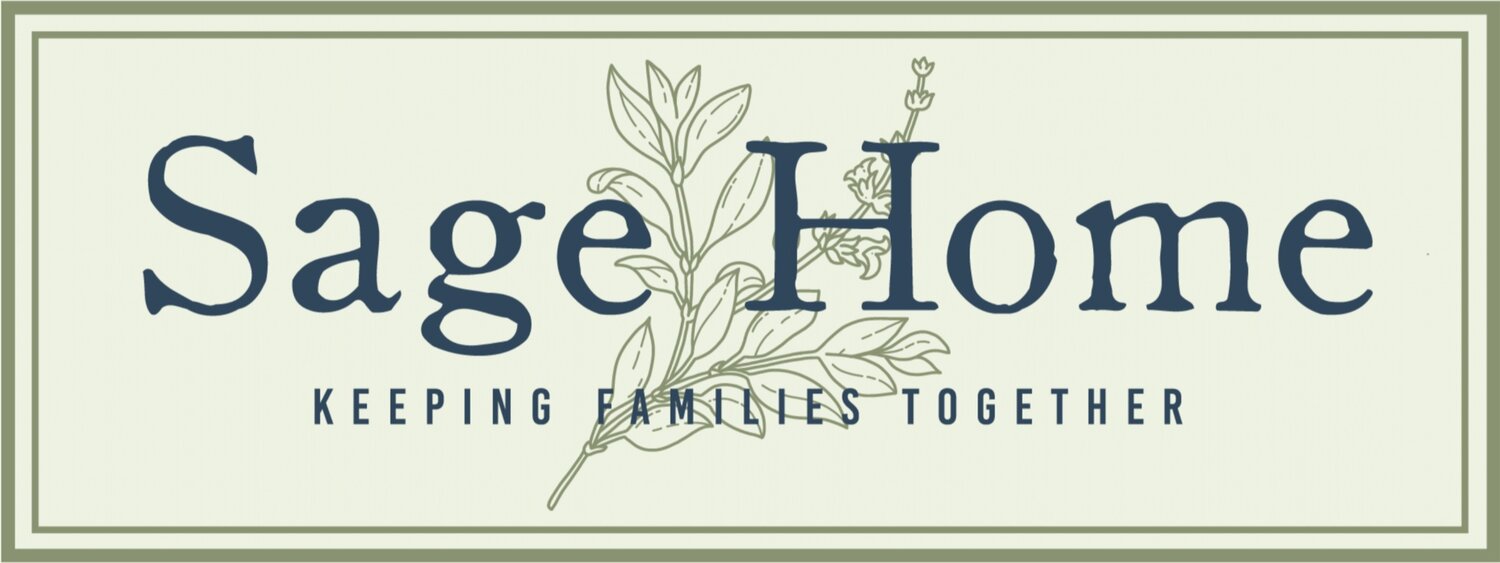Venturing Upstream and Hoping Downstream
“After all, when a stone is dropped into a pond, the water continues quivering even after the stone has sunk to the bottom.”
― Arthur Golden, Memoirs of a Geisha
Venturing Upstream
Venturing upstream means you are making a concerted effort to fully examine and understand the ways trauma continually impacts the body and mind of individuals with addiction. Addiction is not the problem! Unresolved pain and inadequate support are the problems. A traumatic event is like a stone thrown into a pond. Addiction is all of the ways we try to jump into the water to stop the ripples. This, of course, only makes the problem worse whereas the ripples would have and could still settle if people’s trauma were met with safety, support, and connection. People who have experienced trauma and have lacked the support needed to move through it often feel unsafe in their body and tend to have their past continually interrupting their present. These constant threat alarms impede their ability to truly feel safe and trust the signals their body is giving them which leads them to try and control their body sensations through the chemical effects of substances.
Bessel A. van der Kolk said that “beneath the surface of the protective parts of trauma survivors there exists an undamaged essence, a Self that is confident, curious, and calm, a Self that has been sheltered from destruction by the various protectors that have emerged in their efforts to ensure survival. Once those protectors trust that it is safe to separate, the Self will spontaneously emerge, and the parts can be enlisted in the healing process.” These words are the hope that Sage Home stands on: People with addiction are not broken but wounded. With the right supports their bodies have a natural ability to heal and grow towards more life and connection. The way to foster our innate capacity to heal is through support and not punishment.
Venturing upstream means learning and understanding the impact of Adverse Childhood Experiences (ACES). A tremendous amount of research has been done demonstrating how early adverse experiences can dramatically impact the health and wellbeing of individuals throughout the entire course of their lives.
Our earliest experiences matter and these experiences, if left untreated, pass on generationally. They contribute to systems that utilize reactive services instead of preventative services. These sorts of reactive responses are not only expensive and require extensive resources but are often ineffective at changing the very cultural responses necessary to create meaningful, lasting, and sustainable change inherent in more preventative approaches. Preventative services are more sustainable because they try to solve rather than treat the wound which paves the way for greater community healing capacity and collaboration. Caring for struggling parents in our community is the most efficient way to lessen the burden and nurture the next generation. When we hope downstream, our hope lands on services that, if implemented now, have exponential downstream effects in the future. This TED Talk is a great resource for learning more about ACES.
Hoping Downstream
Recently Sage Home interviewed Virginia from Coconino Coalition for Children and Youth (CCC&Y). In that interview, Virginia mentioned the term “Self-Healing Communities.” CCC&Y has a vision that our local community can come together and support healing for the most at risk among us by preventing the continuation of historical traumas in our most vulnerable populations. To learn more about the effects of childhood trauma and how they play out both personally for individuals and the impact it has on society in this webinar from CCC&Y.
Believing in the idea of self-healing communities is trusting that our neighborhoods have what it takes to creatively empower each other to both challenge and change the systems that impact so many lives around us. To learn more about Self-Healing Communities, please read this PDF from the Robert Wood Johnson Foundation.
Click to watch the interview!
Sage Home Support
The aim of Sage Home is to empower our community to blanket struggling families with enough support to foster true and lasting recovery. Sage Home’s part in this process is providing family-based residential treatment which treats the whole family instead of just a part. We do this by understanding the significant upstream adversities families are facing as well as hope in the powerful preventative services that lead to lasting positive downstream changes. While ACES may increase people’s vulnerabilities to addiction and child removal, self-healing communities can provide the wrap-around community support needed to bring true healing to struggling families who call Coconino County their home. When these families feel supported and move towards healing, we all move forward with them.
Together we can face the challenges of addiction and look ahead to a safer more connected future. Please join us in our mission to keep families together and provide recovery services that support true and lasting change.
We believe that families should be able to safely stay together while on their addiction healing journey.
You can help us keep families together so that no child has to be separated from their family, and no mother separated from their child.
Are you with us?
